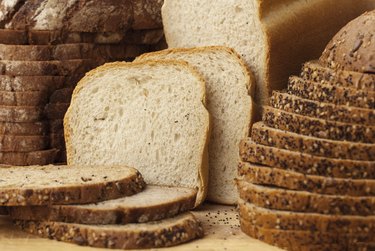
The U.S. Department of Agriculture recommends that you get at least half your daily servings of grain from whole grains, of which whole wheat is one of the most common. Whole-wheat bread, buns, tortillas and other products line grocery store shelves in hopes of enticing health-conscious buyers, and they do have a number of benefits. However, such products aren't perfect, and they also occasionally showcase the downsides of whole wheat.
Taste and Texture
Video of the Day
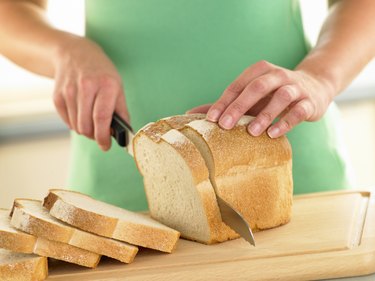
If you grew up on white bread and products made with refined flour, you may feel that whole wheat has an unpleasant, bitter, "health food" taste. According to "USA Today" reporter Elizabeth Weise, "tannins and phenolic acid in the outer bran of the red wheat used to make whole-wheat flour can give it a bitter taste." Some whole-wheat products also seem to have a nuttier, coarser texture than their counterparts that are made with refined flour.
Video of the Day
Calorie Count
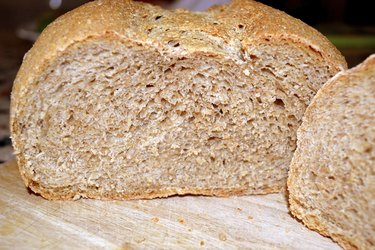
Another disadvantage of whole wheat and its products is their calorie count. Although whole grains contain a greater amount of nutrients per serving than refined grains, they are not low in calories and can present an obstacle if you're trying to lose or maintain weight. According to the USDA, 1 cup of whole-wheat flour has 410 calories and close to 90 grams of carbohydrates. A single slice of whole-wheat bread has 130 calories, 2.5 grams of fat and nearly 25 grams of carbohydrates. To counteract their naturally bitter notes, whole-wheat products may also be higher in added sugar than products made with refined white flour.
Baking Capabilities
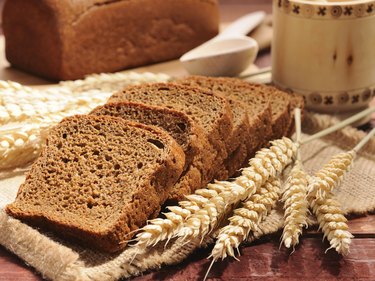
Home and commercial bakers may also be confounded by whole wheat. Although it makes a healthier product, whole-wheat flour is not optimal for high-rising breads and tender baked goods. While refined white flour has had its bran and germ removed, whole-wheat flour retains them, which can result in baking complications. "The bran cuts the gluten strands as they form, rendering them useless, unable to trap the carbon dioxide being generated by the yeast," state test kitchen directors at KingArthurFlour.com. "This is one of the reasons 100 percent whole-grain breads tend to be dense rather than light."
Considerations
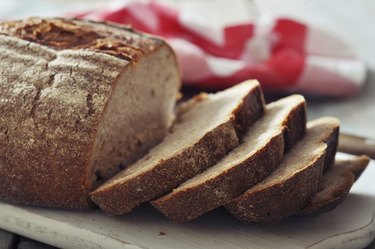
Before you decide to leave whole wheat and its products by the wayside, consider a more complete picture of the situation. Health-wise, whole-grain products are better for you than refined products as they contain more protein, vitamins, minerals and fiber. According to ChooseMyPlate.gov, the fiber present in whole grains encourages weight loss and weight management as well as reducing risks of heart disease, diabetes, high cholesterol and diverticulitis. Talk with your doctor before making any significant changes to your diet.